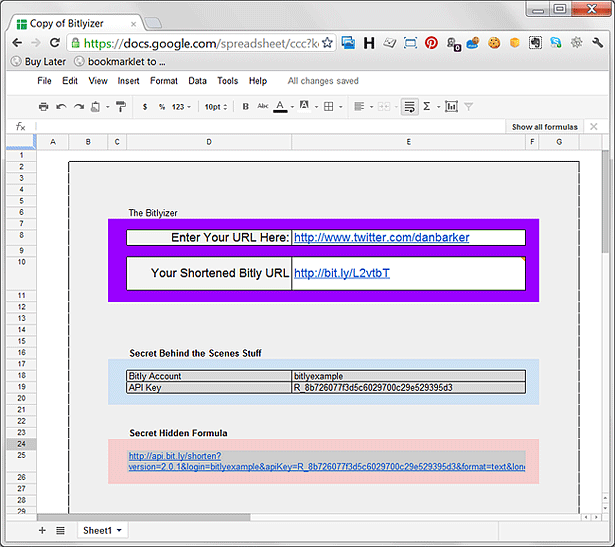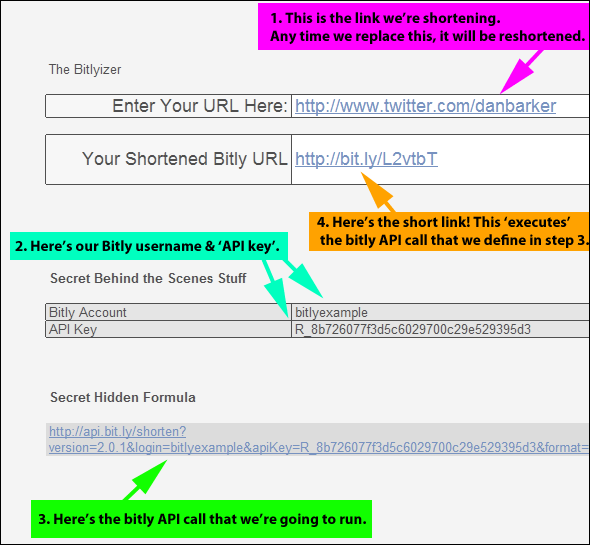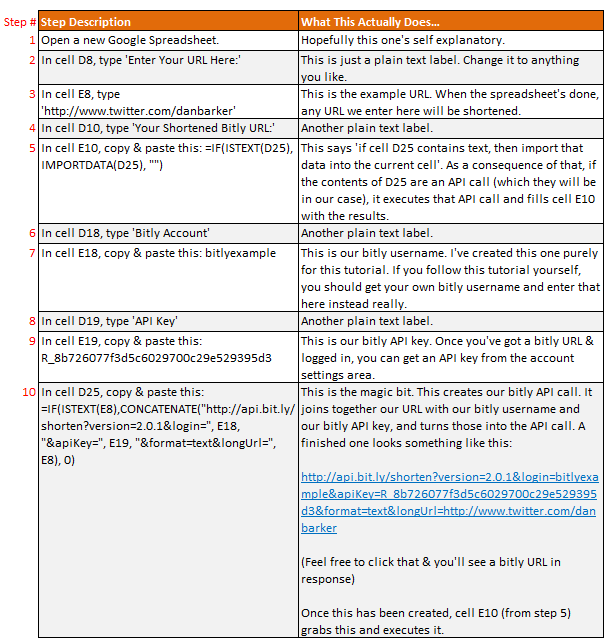Posted 30 May 2012 11:32am by David Moth with 4 comments
 Marketplaces such as eBay and Amazon are an important sales tool for online businesses.
Marketplaces such as eBay and Amazon are an important sales tool for online businesses.
Due to the huge volume of traffic and search queries handled by Amazon it offers sellers access to a hugely valuable shop window, and the marketplace is equally important to Amazon itself.
Globally the online giant is growing by 42%, with the marketplace driving a large part of that.
During a workshop at Catalyst Europe 2012, ChannelAdvisor's head of service for EMEA Dan Burnham shared best practice tips on how merchants can optimise sales on Amazon.
Acquisition
While users can browse for items using the categories on the left-hand side of the page, the search bar remains the primary method for locating products.
As such, it is important to make sure product details are optimised for search.

Amazon's search function harvests keywords from the product title, standard product ID (UPC, EAN, ISBN), brand/designer, manufacturer and search terms.
Product titles
Burnham said that product titles should use all the space available and be full of keywords, while also maintaining a customer-friendly structure. It is important to avoid punctuation, asterisks, caps or special characters as users won't include these in search terms.
Similarly, customers won't all use the same keywords, so merchants should vary their product titles and experiment to see what works.
Search terms
Amazon allows merchants to include five additional search terms for each product.
Burnham said it is important to use all five, highlighting a Nokia smartphone that appeared fourth in a search for 'Nokia phone', but top for 'Nokia phone with Bluetooth'. The boost in rankings was down to the fact that the merchant had used included the search term 'Bluetooth' in the product details.
To optimise the additional search terms, avoid using any words that appear in the product title.
Don't repeat the title, product name or brand, it's a waste of search terms.
Search Index
Amazon's search index takes into account price, availability and sales history, but the better selling products will generally rise to the top. However, Burnham pointed out that Amazon occasionally shuffles search results to more evenly promote products.
Browse Nodes
These are essentially product codes that identify your items within the product categories. Merchants can select two for each product.
Again, it is about giving Amazon as much information as possible in order to increase your visibility in the marketplace.
This is a relatively recent addition and allows merchants to include detailed product criteria, such as the size and colour of each item.

Users can then filter their product search to find more relevant items. Iit is very important for sellers to include the detailed information in their product listings otherwise they won't appear in filtered results.
Product Variation
This tool allows sellers to group different variations (e.g. size or colour) of the same product. Users can then check different items from the same product page.
Burnham said the merchant has to provide an SKU and establish each item's parentage, but it is a user-friendly way of giving customers access to your full product range.
Conversions
Who owns the product page?
Though Amazon's marketplace can include links to a number of different merchants for any one item, only one seller's information appears on the product page.
Amazon's algorithm makes a decision on who get precedence based on a merchant's sales volume, refund rate, buyer feedback and A-to-Z Guarantee Claims (i.e. the speed of their returns process).
However, if you feel you have better images or product data than is currently being displayed, you can contact seller support and request that your data be given preference.
Product Descriptions
Burnham pointed out that each customer has their own buying criteria, they might be looking for the same product but for different reasons.
Therefore the more information you provide, the better chance you have of matching to each one.
That said, too much information can also be off-putting, so product descriptions should be kept to a maximum of 200 words. And though there is no published list, limited HTML formatting is allowed. These formats are all known to work: <br> <b> <i>.
Most categories will also allow up to five bullet points in product descriptions.

This should be high level details that you want to include, so limit bullet points to features with the broadest appeal.
Comparative Pricing
Burnham said consumers need to be told how much they are saving in order to encourage them to make a purchase. Amazon allows merchants to use two different forms of comparative pricing – a "Was" price or a "Sale" price.
The "Was" price is generally the RRP, and sellers can then undercut that with a lower sale cost.
But merchants need to be aware that there are strict criteria around what constitutes a valid RRP, and the ASA is clamping down on sellers that mislead customers.
Product Images
Images are vital for driving conversions as consumers need to know what they are buying. Ideally images should be 500x500 pixels with a white background, and the entire product must be visible and should take up roughly 80% of the space.
Images should not include watermarks, borders, URLs, animation, seller logos or any other text.
The Buy Box
An estimated 70% of all sales on Amazon are made through the Buy Box, so it is a vital tool for merchants.

For those familiar with Amazon, it is the box that sits in top right of the page and is generally owned by the seller with the cheapest price. As such, repricing tools can be a major asset.
This allows merchants to set minimum costs based on profit margins and the amount you are willing to undercut Amazon and other sellers.
But price is not the only criteria – Amazon also takes into account seller performance and stock quantities, and occasionally randomises it to ensure other sellers get some exposure.
For new sellers, it will generally take a long time to build up the sales history needed to own the Buy Box.

Merchants also need to be aware that used products cannot feature in it.
Secret Shopper
Burnham said that merchants need to take a step back from the process of selling products and browse their own storefronts and listings as a buyer.
You need to ask how easy it is to find your products; are the listings clean and detailed; do the images represent the item well; and are returns policies easy to understand?
These are basic things, but it's easy to take your eye off the ball getting caught up in data and not reviewing what your products actually look like.
Monitor Performance
Amazon has built its empire on excellent customer service, and it expects sellers in its marketplace to play by the same rules. Burnham says merchants need to monitor performance on a daily basis, as a poor feedback rate of just 5% can cost you the Buy Box.
Amazon also pays great attention to the order defect rate, returns process and buyer communications.
On Amazon the buyer is king. It is primarily a software company, so it's very rigid but means you know what you're getting into. If you say you're going to do something and you don't, Amazon is watching and will kick you off.
Fulfilment By Amazon (FBA)
FBA essentially allows sellers to use Amazon's logistics network to deliver their products. Amazon stores your products in its warehouse, then packs and ships them as well as providing the after sales care.

Products that are offered through FBA can be sold to members of Amazon's Prime loyalty scheme. Prime customers represent an estimated 6% of buyers, but they buy make up as much as 17% of sales.
Burnham suggested that sellers should consider including the top 5%-10% of their products in FBA in order to accelerate sales.
Products that have high views but low conversions should also be considered.
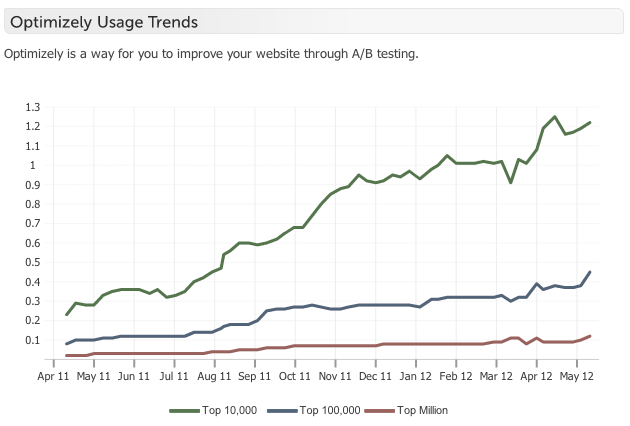

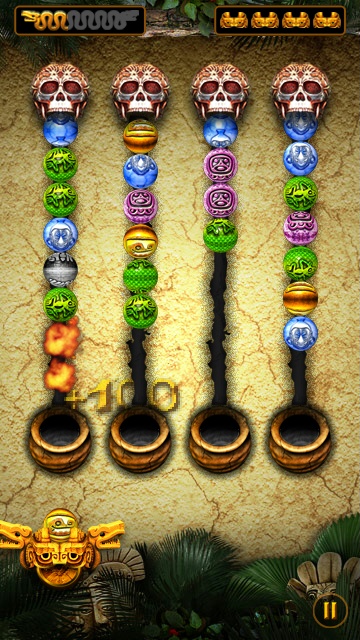

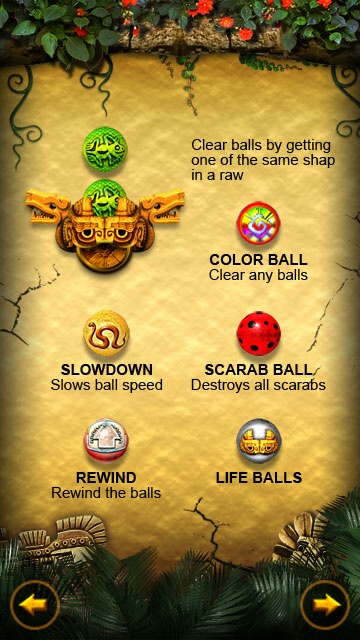


 The number of screens we interact with depends on who you ask. While we, as marketers, would like to think tablets have already replaced couch laptops, the reality is that consumers today are more likely to be looking at their smartphones while watching TV.
The number of screens we interact with depends on who you ask. While we, as marketers, would like to think tablets have already replaced couch laptops, the reality is that consumers today are more likely to be looking at their smartphones while watching TV.  Another thing to consider is your definition of "screen". The Pebble smartwatch, for example, is a wrist wearable device, small enough to be a used as a watch, but a sophisticated piece of technology capable of communicating with your iPhone or Android phone.
Another thing to consider is your definition of "screen". The Pebble smartwatch, for example, is a wrist wearable device, small enough to be a used as a watch, but a sophisticated piece of technology capable of communicating with your iPhone or Android phone.
 Spotify unveiled its new iPad app this week, adding to its existing portfolio of iPhone and Android apps.
Spotify unveiled its new iPad app this week, adding to its existing portfolio of iPhone and Android apps.



 The release of companies topping the Fortune 500 list proved a bright spot in today's still shaky global economy, but John Sviokla, a principal and US business leader for strategy and innovation at PricewaterhouseCoopers, believes there's much good still to anticipate.
The release of companies topping the Fortune 500 list proved a bright spot in today's still shaky global economy, but John Sviokla, a principal and US business leader for strategy and innovation at PricewaterhouseCoopers, believes there's much good still to anticipate.  William Hague's recent call to British business leaders to 'stop complaining', 'work harder', and 'get on a plane' to find growth opportunities has angered some business leaders.
William Hague's recent call to British business leaders to 'stop complaining', 'work harder', and 'get on a plane' to find growth opportunities has angered some business leaders. 
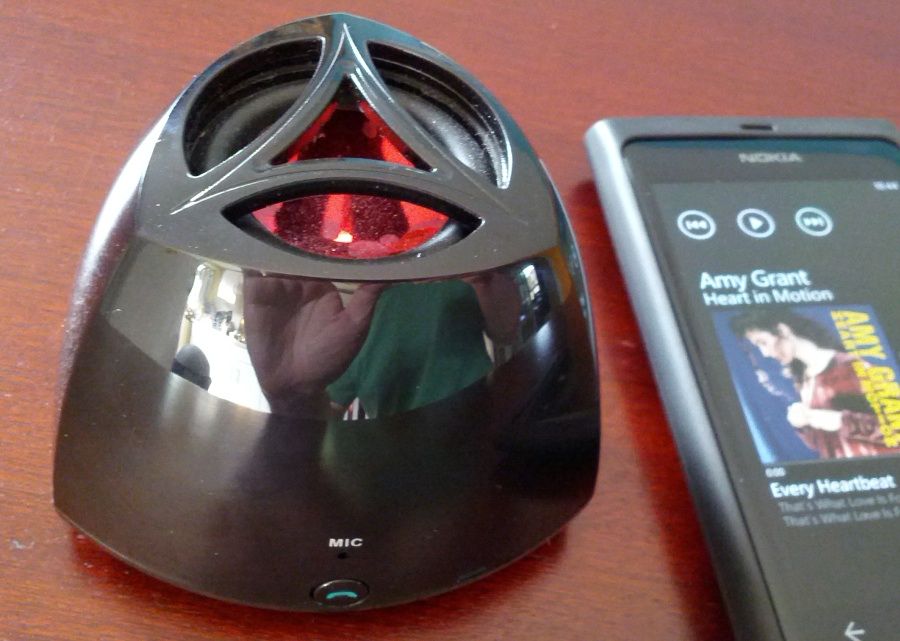




 Lunch line a little long at your favorite sandwich shop? Soon you may be able to order your lunch from your phone while you're headed to the shop, pay for it, and breeze past the line to pick up your meal rather than wait thanks to a mobile payment service called GoPago.
Lunch line a little long at your favorite sandwich shop? Soon you may be able to order your lunch from your phone while you're headed to the shop, pay for it, and breeze past the line to pick up your meal rather than wait thanks to a mobile payment service called GoPago. From a customer perspective, GoPago is a way to make buying your next lunch a little easier. Once you've linked a credit card with the app you can log in, check out the menu for restaurants near you, and place an order for what strikes your fancy including any special requests like extra mustard.
From a customer perspective, GoPago is a way to make buying your next lunch a little easier. Once you've linked a credit card with the app you can log in, check out the menu for restaurants near you, and place an order for what strikes your fancy including any special requests like extra mustard.
 A couple of weeks ago, news broke that one of the world's largest brand advertisers, GM,
A couple of weeks ago, news broke that one of the world's largest brand advertisers, GM, 

